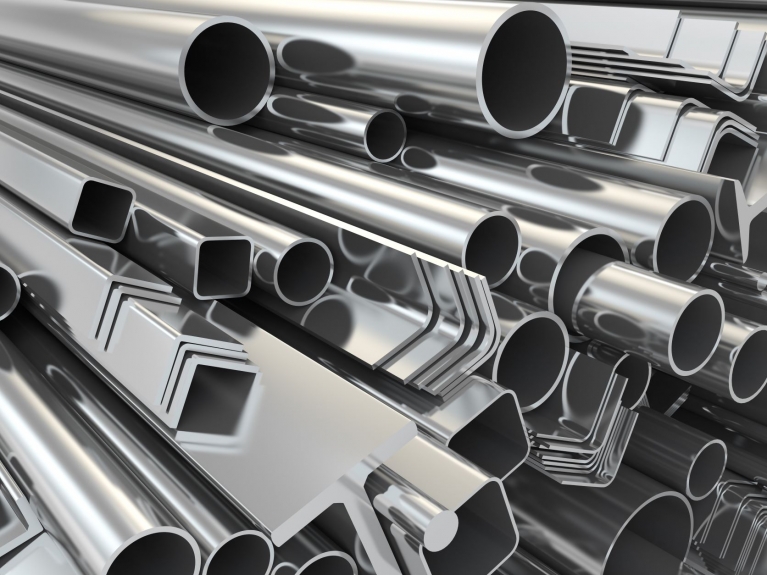Fiber laser cutting is considered one of the most revolutionary technologies in the metalworking industry since CO2 lasers were introduced for cutting in the 1980s. Fiber laser systems feature a wide cutting range and fast cutting speeds and produce precise, high-quality edges. Consider that in just five years, fiber lasers have achieved the 4kW cutting threshold that CO2 lasers took approximately four times as long to reach. Fiber laser machines can cut materials much better and more safely than CO2 systems because the beam is more readily absorbed. What’s more, fiber laser operating costs are usually half that of a CO2 system due to lower electrical consumption. Fiber laser systems can effectively cut:
CARBON STEEL
When the fiber laser cutting machine uses oxygen as the processing gas, the cutting edge will be slightly oxidized. If the material thickness is up to 4mm, nitrogen can be used as processing gas for high-pressure cutting.
COPPER AND BRASS
Both materials have high reflectivity and excellent thermal conductivity. Brass with thickness less than 1mm can be cut with nitrogen; copper with thickness less than 2mm can be cut with oxygen. Fiber laser systems are a better choice than CO2 lasers for cutting reflective material. That’s because they have no mirrors that can reflect the laser back to the lens and other optical components. A fiber laser is a solid-state system that eliminates that risk.
ALUMINUM
Although aluminum has high reflectivity and thermal conductivity, a fiber laser machine can easily cut aluminum with a thickness of less than 6mm. However, pure aluminum is very difficult to cut. In general, aluminum should be cut only when the fiber laser system’s “reflection absorption” device is installed.
STAINLESS STEEL
Fiber laser systems machines can effectively cut stainless steel with thickness below 4 mm and up to 16mm. The cutting speed is dependent on the sheet thickness and the laser power. Cutting speed will increase as sheet thickness decreases and as laser power increases. If the cutting speed is correct, the cut edge will have a regular striation pattern and no dross.
CHOOSING A FIBER LASER MACHINE
When selecting a fiber laser system for your shop, it’s important to determine your priority—productivity or edge quality? Fiber laser cutters can produce extremely precise and clean cuts quickly for thin/medium thickness sheets. In general, the higher the laser power, the wider the range of sheet thicknesses that can be cut, but there may be a point at which dross formation may become significant.
As one of the nation’s top suppliers of CNC fiber laser cutting machines, Alpha Lazer offers state-of-art fiber laser cutting systems in a range of models to suit any type of metal fabrication of all ferrous and non-ferrous materials including steel, copper, aluminum, brass, and specialty materials like Inconel or titanium. We back all of our fiber laser machines with lifetime technical support. Contact us today to learn more.


Leave A Comment